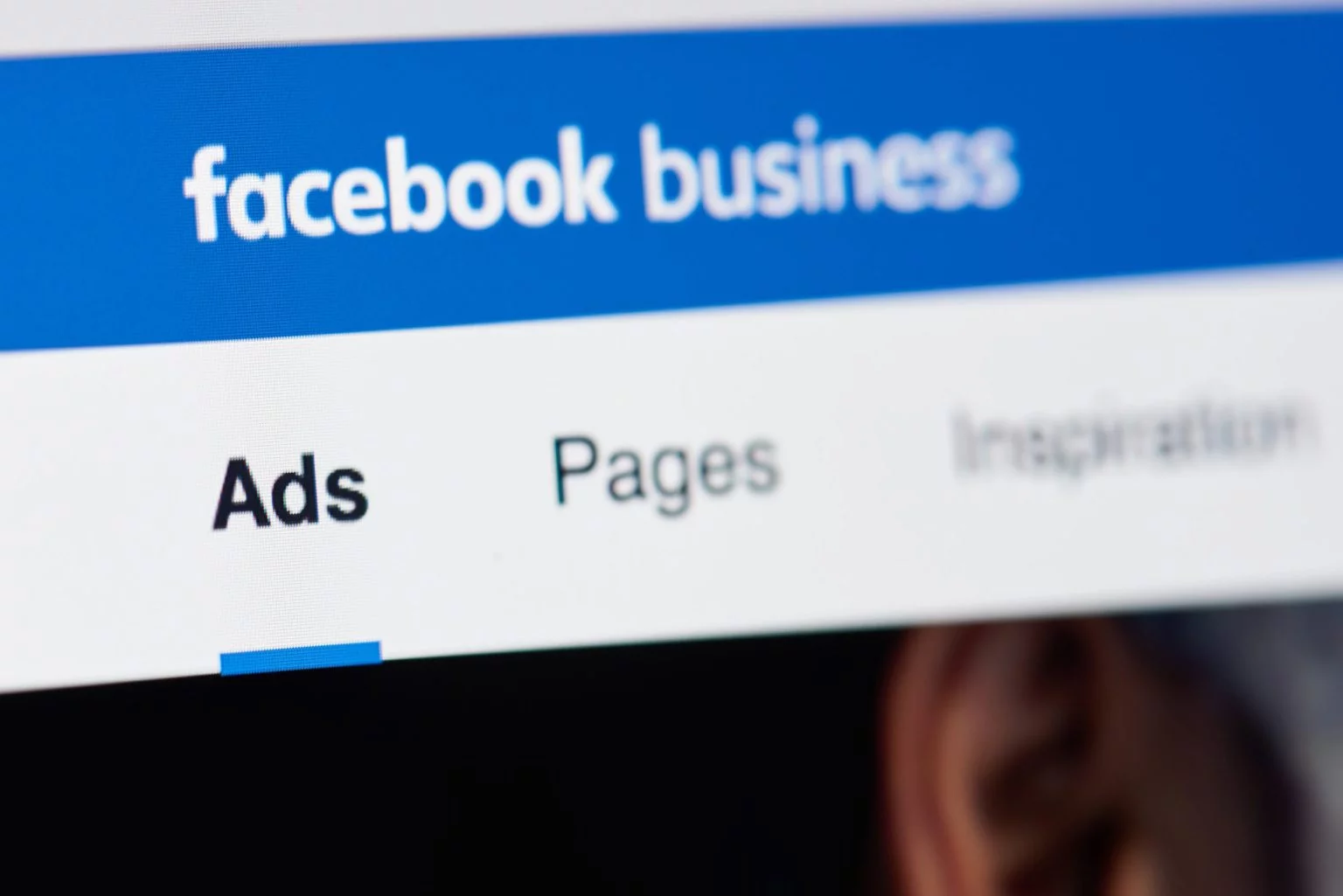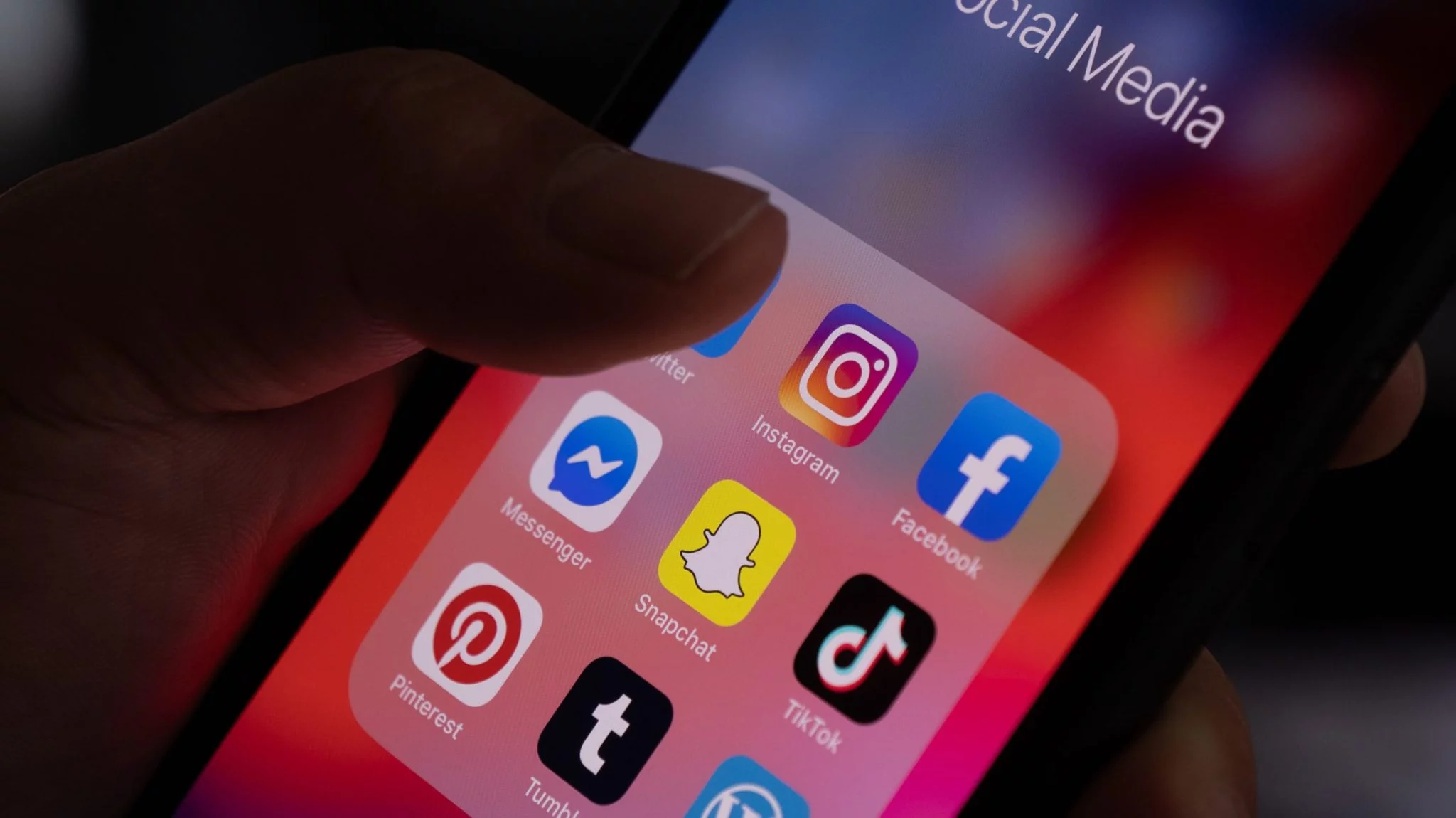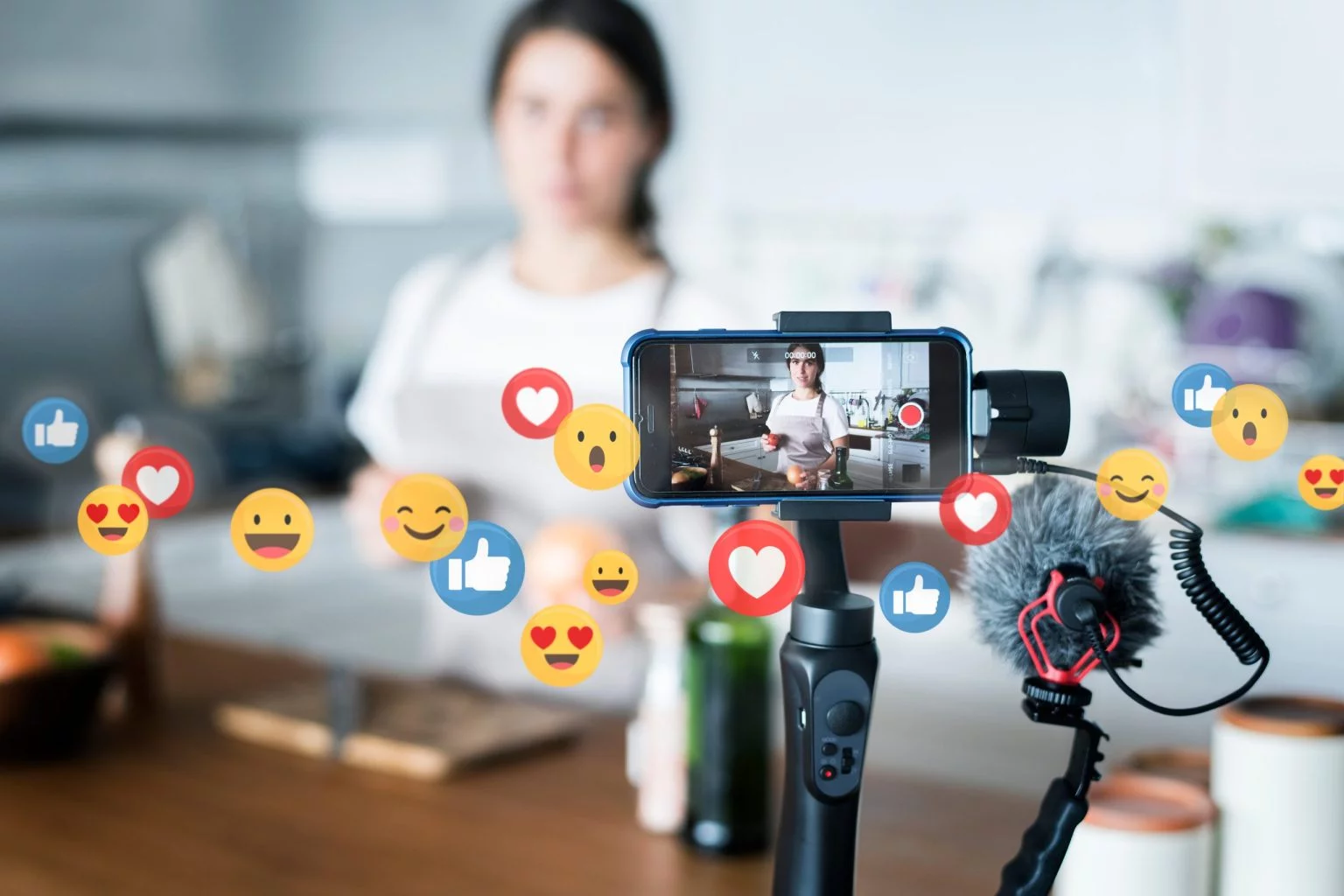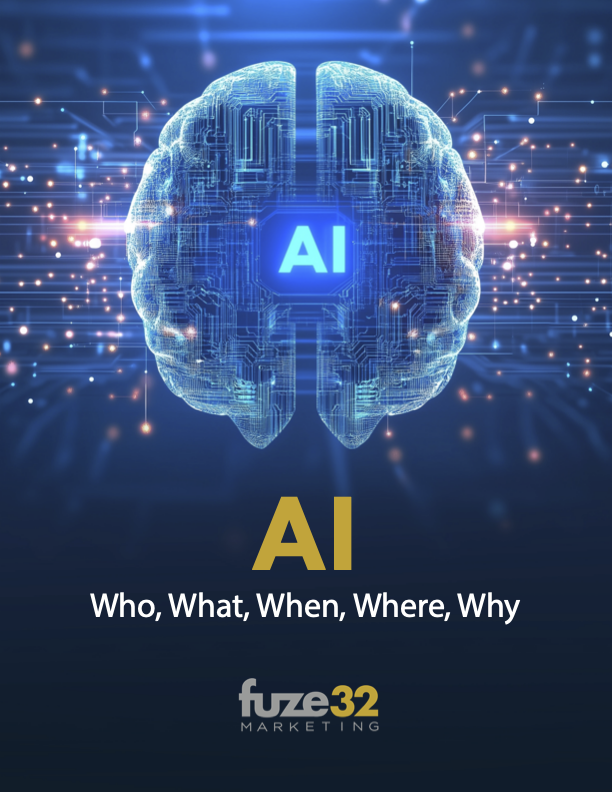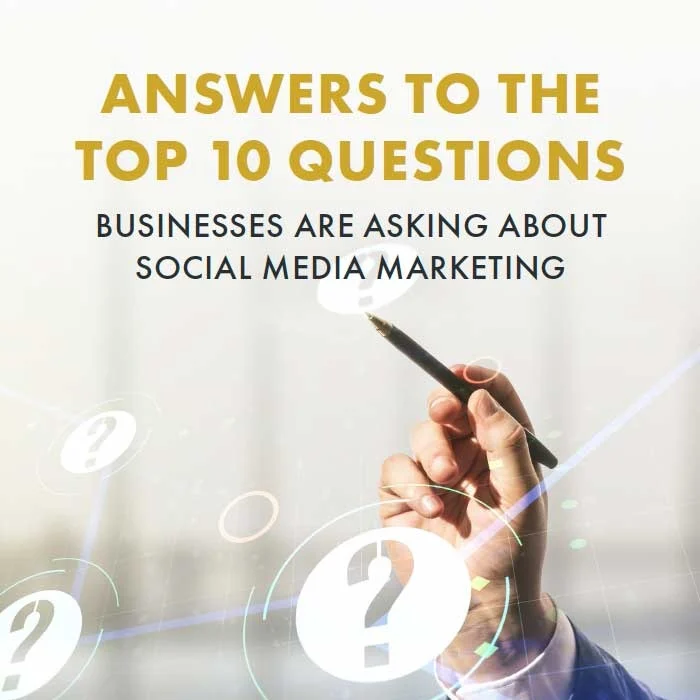Inbound marketing offers an important link between sales, marketing, and your customers. Customer service today is all about personalization. People want to be understood as individuals. What Chipotle started with Mexican food - my order my way - is a trend that isn’t stopping, regardless of industry. In order to provide customer-centric service, it’s important to have access to the right marketing tools. This is where a solid digital inbound strategy becomes vital. An inbound marketing strategy, and the proper tools to implement that strategy, gives you information about your customers so you can provide personalized customer service.
About Predictive Customer Service
In predictive customer service, you are able to identify these points with the data that is pulled directly from your customer base. This is already being done in other industries. Take a look at a couple of the most popular companies in the US that use predictive customer service in some way.
Forbes points out that Sprint has been using artificial intelligence (AI) to reduce the churn rate by providing personalized retention offers. The way AI and predictive customer service works is by identifying what the customer wants the most and offering it on the spot. This has dropped the churn rate at Sprint while also increasing personalized service, which boosts brand loyalty.
Netflix is an even more powerful proponent of predictive customer service because the service could not exist without it. User data is sourced and determines what users want to watch next approximately 80 percent of the time. Forbes notes that predictive customer service helps Netflix save $1 billion a year.
Inbound Strategy and Predictive Services
If you are ready to put predictive customer service tools to work for your business, start with an inbound marketing strategy. A marketing software platform like HubSpot allows you to use the data for effective marketing solutions. You are able to track the individual engagement journey for customers in all areas of your business. This is possible through the implementation of bots and artificial intelligence (AI). These technologies are fast becoming a mainstay in the inbound marketing sector.
Smart Customer Engagement
When you are working with customers, the more seamless the experience the better for everyone involved. You are spending less money and time on the back-end handling inbound traffic and evaluating data. With smart customer engagement using AI and bots, you are able to improve response time. Speed up the rate of decision making and track customers throughout their process of making these decisions. Along with helping your customers, you are also getting invaluable data that shows you any vulnerabilities and weak points within the information.
You are also able to provide your customers with feedback. This is thanks to the data that shows all of their activity and decision-making factors when browsing your online store. You can provide that predictive customer self-support that they are looking for when searching for answers to questions on your website. Making the experience easier for your customers while also gaining valuable buying information happens naturally at this point.
Between phone, email, social media, live chat, and online interactions, everything is channeled and managed using predictive customer service. You are less likely to make those critical human errors that leave customers scratching their heads—and leaving you for the competition.
Choose Smarter Customer Service
If your goal is to attract and retain customers on a larger scale with best practices for growth, start with predictive customer service. The research from HubSpot shows that while 80 percent of businesses believe they offer smart customer service—only 8 percent of customers agree. Stand up for what you believe in—your customers and your company. Give them both what they deserve with a better inbound marketing strategy and customer service tools.



.webp)





